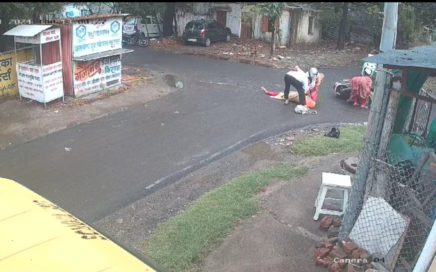 Introduction
Introduction
Stake mines have emerged as a popular player in the ever-evolving landscape of the gaming industry, providing users unique opportunities to take part in decentralized betting activities utilizing cryptocurrency. However, the blossoming success of stake mines is accompanied by a host of regulatory difficulties that operators should browse to guarantee compliance and authenticity. In this short article, we look into the complicated legal factors to consider surrounding stake mines, highlighting the value of understanding and sticking to regulative structures in the worldwide gaming industry.
Regulative Structures
The regulative landscape governing cryptocurrency gaming, including stake mines, differs substantially from one jurisdiction to another. While some countries have actually accepted blockchain innovation and digital currencies, others have embraced a more careful technique, enforcing rigorous policies or outright bans on cryptocurrency-related activities. Stake mine operators should acquaint themselves with the regulative frameworks relevant in their target audience, browsing a complex labyrinth of laws, policies, and licensing requirements to make sure compliance and legality.
Compliance Requirements
Compliance with regulatory standards is critical for stake mine operators to run lawfully and sustainably in the international video gaming industry. This entails satisfying a myriad of compliance requirements, consisting of acquiring the needed licenses, adhering to anti-money laundering (AML) and understand your consumer (KYC) policies, implementing robust security measures, and ensuring fair gaming practices. Stake mine operators must invest substantial resources and efforts into satisfying these compliance responsibilities to mitigate the risk of regulatory scrutiny and enforcement actions.
Jurisdictional Difficulties
One of the most substantial regulatory challenges facing stake mine operators is browsing the complexities of jurisdictional differences in betting laws. The decentralized nature of blockchain innovation provides unique jurisdictional difficulties, as transactions occur across borders and are subject to the laws of multiple jurisdictions at the same time. Stake mine operators must grapple with concerns of territoriality, figuring out which regulatory authorities have jurisdiction over their operations and how to abide by conflicting legal requirements in various jurisdictions.
Emerging Regulatory Trends
The regulative landscape for cryptocurrency gaming, including stake mines, is continuously developing in reaction to technological advancements and moving societal attitudes towards digital currencies. Current years have seen an expansion of regulatory efforts focused on resolving the unique challenges positioned by blockchain-based gaming platforms, with regulators looking for to strike a balance between fostering development and securing customers. Emerging regulatory trends include increased oversight, enhanced consumer defenses, and efforts to combat money laundering and illicit activities in the cryptocurrency gambling space.
Regulatory Compliance Finest Practices
To navigate the complicated regulative environment effectively, stake mine operators must embrace robust compliance best practices customized to their particular jurisdictions and operational needs. This consists of implementing extensive AML and KYC treatments to prevent monetary crime and scams, collaborating carefully with regulatory authorities to deal with compliance concerns, and remaining abreast of progressing regulatory requirements through continuous tracking and evaluation. By focusing on regulatory compliance as a basic element of their operations, stake mine operators can construct trust with regulators, financiers, and users, promoting long-lasting sustainability and growth.
Legal Dangers and Liabilities
Operating a stake mine involves fundamental legal risks and liabilities, varying from regulatory enforcement actions to civil lawsuits and reputational damage. Stake mine operators need to be vigilant in determining and mitigating these risks, performing extensive legal due diligence, and seeking skilled legal recommendations to navigate intricate legal issues successfully. Techniques for mitigating legal threats may consist of implementing robust legal arrangements, acquiring comprehensive insurance protection, and developing clear policies and treatments for addressing legal conflicts and compliance infractions.
Industry Perspectives
Insights from industry specialists and stakeholders provide important point of views on the regulative challenges facing stake mines and offer practical assistance for operators looking for to browse legal intricacies effectively. Legal professionals concentrating on cryptocurrency gambling guidelines can use vital recommendations on compliance finest practices, regulatory trends, and danger mitigation methods. Additionally, viewpoints from stake mine operators themselves shed light on real-world experiences and difficulties, providing valuable lessons and insights for striving operators going into the competitive landscape of cryptocurrency gambling.
Conclusion
In conclusion, navigating regulatory obstacles is a critical element of running stake mines in the worldwide gaming industry. By comprehending the regulatory structures suitable to their operations, adhering to legal requirements, and carrying out robust compliance best practices, stake mine operators can alleviate legal risks, construct trust with regulators and users, and position themselves for long-term success and sustainability in the quickly evolving world of cryptocurrency gambling. As regulatory landscapes continue to progress, proactive engagement with regulators, legal experts, and industry stakeholders will be vital for stake mine operators to prosper in a dynamic and increasingly regulated environment.



 Introduction
Introduction











